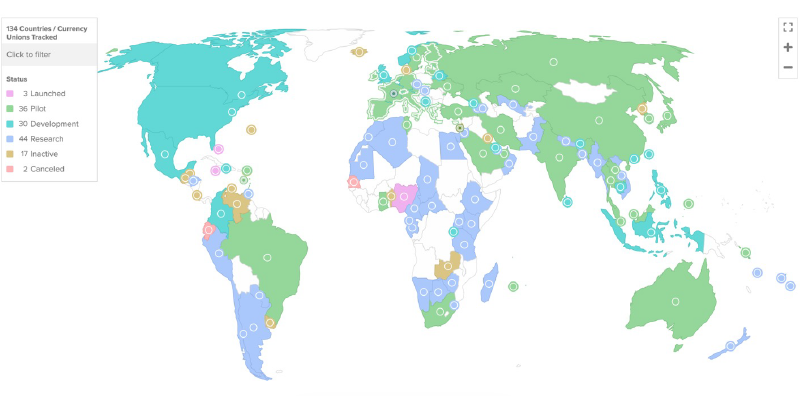In an era where digital innovation is reshaping every facet of our lives, the concept of money is no exception. With the advent of Central Bank Digital Currencies (CBDCs), the financial landscape stands on the brink of a profound transformation. CBDCs, digital forms of a country's sovereign currency, are emerging as a pivotal force that could redefine the global financial system. As countries across the globe race to develop and implement these digital currencies, the potential benefits and challenges they bring are becoming increasingly apparent.
The rise of CBDCs promises to revolutionise monetary policy, enhance financial inclusion, and streamline cross-border transactions. However, this shift also poses significant questions about regulatory frameworks, security, and the future role of traditional banking institutions. As we delve into the world of CBDCs, we will explore their transformative potential, examining how they can reshape global financial systems, influence regulatory landscapes, and drive financial inclusion for millions.







